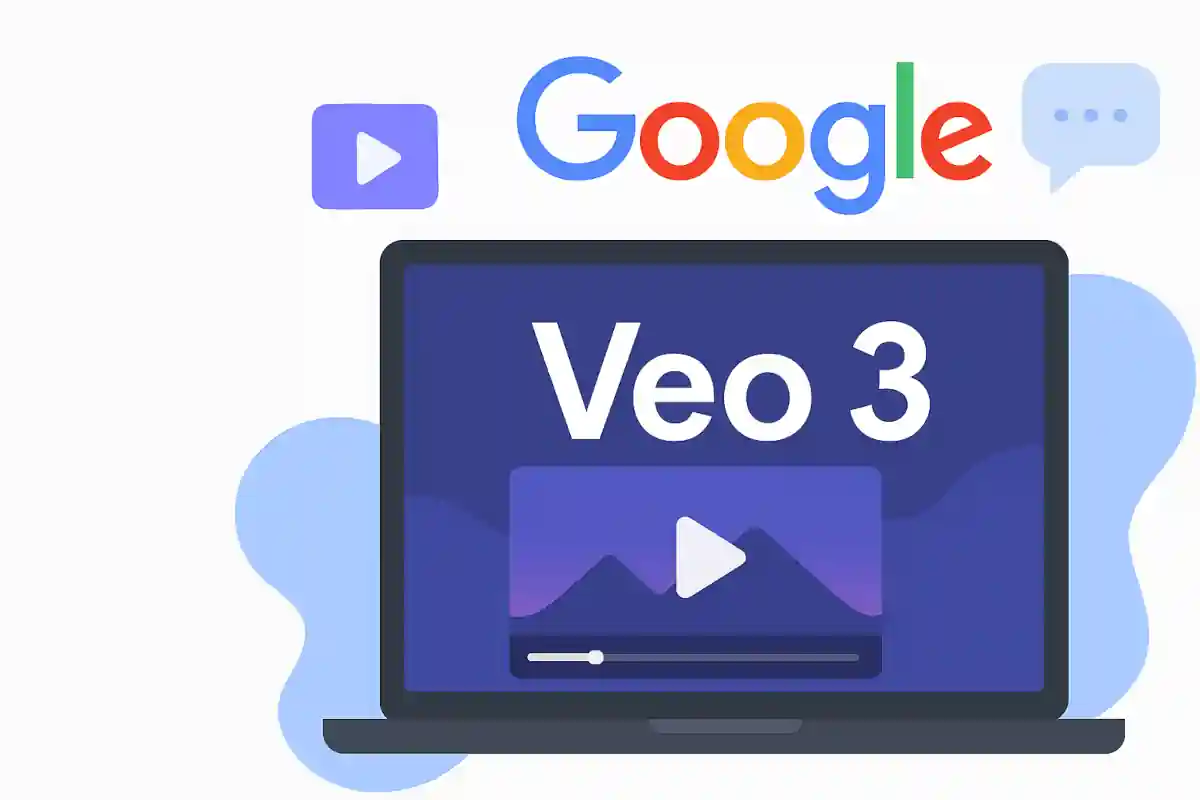At its annual developer event, Google I/O 2025, Google unveiled Veo 3, its most advanced artificial intelligence model for video generation. This next-generation tool marks a major advancement in the use of AI to produce cinematic-quality videos with synchronized audio, entirely from text-based prompts.

Key Features of Veo 3
Integrated Audio Generation
Veo 3 doesn’t just create visuals, it also generates realistic audio to match the scenes. The AI can produce environmental soundscapes, dialogue with lip-sync accuracy, and other audio elements that blend seamlessly with the generated footage.
Ultra-Realistic Visuals
Veo 3 supports video output at up to 4K resolution. Improvements in motion physics, lighting, and detail allow for lifelike movement and cinematic quality that rivals traditional video production tools.
Advanced Prompt Understanding
Users can now input more complex and creative prompts. Veo 3 understands instructions for camera angles, shot transitions, character actions, and even cinematic styles, allowing for greater storytelling flexibility.
Integration with Flow
Google also introduced a companion tool called Flow, designed to help creators build short videos by assembling clips generated by Veo 3. Flow provides a simple interface for editing and sequencing scenes, making it accessible for non-professionals and speeding up ideation for experienced creators.
Availability
Veo 3 is currently available to users in select regions through Google’s AI Pro and AI Ultra subscription tiers. Early access is being rolled out, with broader availability expected in the coming months.
Implications for Creators and the Industry
The release of Veo 3 signals a broader shift in how visual content is produced. By reducing the technical barriers to creating professional-grade videos, tools like Veo 3 empower individual creators, startups, marketers, and educators to produce rich content with minimal resources.
As AI continues to evolve, Veo 3 stands as a significant step toward more accessible and scalable content creation, blurring the line between imagination and production.